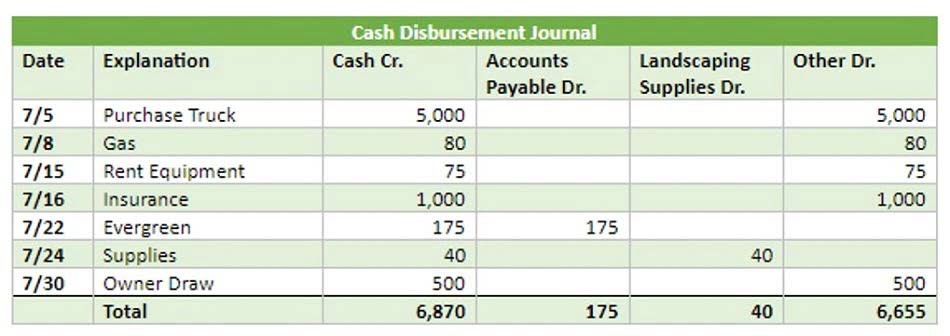
You’ll then record this on your balance sheet and your statement of retained earnings. This is like taking a financial snapshot of your profits and where you allocated them. This is the value of funds that shareholders have invested in the company. When a company is first formed, shareholders will typically put in cash. For example, an investor starts a company and seeds it with $10M. Cash is retained earnings a current asset (an asset) rises by $10M, and Share Capital (an equity account) rises by $10M, balancing out the balance sheet.

Formula:
Distribution of dividends to shareholders can be in the form of cash or stock. Cash dividends represent a cash outflow and are recorded as reductions in the cash account. These reduce the size of a company’s balance sheet and asset value as the company no longer owns part of its liquid assets.
What is the Accounting for Retained Earnings?
This account may or may not be lumped together with the above account, Current Debt. While they may seem similar, the current portion of long-term debt is specifically the portion https://www.bookstime.com/ due within this year of a piece of debt that has a maturity of more than one year. For example, if a company takes on a bank loan to be paid off in 5-years, this account will include the portion of that loan due in the next year. Includes non-AP obligations that are due within one year’s time or within one operating cycle for the company (whichever is longest).
Are Retained Earnings Current Liabilities Or Assets?
Following is the illustration is given to differentiate between the retained earnings of unalike industries. Retained earnings, on the other hand, specifically refer to the portion of a company’s profits that remain within the business instead of being distributed to shareholders as dividends. The retained earnings are calculated by adding net income to (or subtracting net losses from) the previous term’s retained earnings and then subtracting any net dividend(s) paid to the shareholders. Retained earnings may also appear as a negative balance on the balance sheet. Deductions from profits cannot change retained earnings into a negative balance. Balance sheets, like all financial statements, will have minor differences between organizations and industries.

Accounting for consultants: how to get it right

On the other hand, it could be indicative of a company that should consider paying more dividends to its shareholders. This, of course, depends on whether the company has been pursuing profitable growth opportunities. Profits give a lot of room to the business owner(s) or the company management to use the surplus money earned. This profit is often paid out to shareholders, but it can also be reinvested back into the company. The formula to calculate retained earnings encompasses those elements.
- As you can see there is a heavy focus on financial modeling, finance, Excel, business valuation, budgeting/forecasting, PowerPoint presentations, accounting and business strategy.
- You can use them to fund reinvestments in your business, such as upgrading networks or production plants, investing in research and development, or exploring potential mergers and acquisitions.
- There are plenty of options out there, including QuickBooks, Xero, and FreshBooks.
- Understanding how to calculate retained earnings and net income provides a clearer picture of a company’s financial performance and strategic decisions, helping stakeholders make informed decisions.
- If a company undergoes liquidation, it will repay the retained earnings balance to shareholders.
- When a company consistently retains part of its earnings and demonstrates a history of profitability, it’s a good indicator of financial health and growth potential.
Financial Controller: Overview, Qualification, Role, and Responsibilities
That’s distinct from retained earnings, which are calculated to-date. You can use retained earnings to reward shareholders with dividends, inject capital into the growth of your business, or hang on to them to act as a safety net against financial downturns. Whatever you choose, retained earnings will serve as a key barometer of your company’s financial health. The way your company management sets dividend policies impacts the retained earnings. Dividend policies dictate how your company distributes earnings back to its investors. Though some shareholders may prefer larger dividend payouts, paying high dividends may not be the best way to deliver value.

Retained earnings are found in the equity section of a company’s balance sheet, highlighting their role as a component of shareholders’ equity. They are typically listed after common stock and additional paid-in capital, reflecting their connection to a company’s historical profitability and future earning potential. Retained earnings are calculated by adding the current period’s net income to the previous period’s balance and subtracting dividends paid. A higher retained earnings balance often indicates a focus on growth, while a lower balance may suggest prioritizing dividends to shareholders. You don’t have to work for a giant corporation to know and understand your business’s retained earnings.
- On a sole proprietorship’s balance sheet and accounting equation, Owner’s Equity on one of three main components.
- A higher retained earnings balance often indicates a focus on growth, while a lower balance may suggest prioritizing dividends to shareholders.
- As the company loses liquid assets in the form of cash dividends, the company’s asset value is reduced on the balance sheet, thereby impacting RE.
- Funds raised through equity do not require to be paid off later but the stake of the company is relinquished from the owners to more shareholders through shares.
- Inventories appear on the balance sheet under the heading “Current Assets,” which reports current assets in a descending order of liquidity.
- It represents the total capital a business generates in gross sales.
Such items include sales revenue, cost of goods sold (COGS), depreciation, and necessary operating expenses. If your business is seasonal, like lawn care or snow removal, your retained earnings may fluctuate substantially from Online Accounting one quarter to the next. Therefore, the calculation may fail to deliver a complete picture of your finances.The other key disadvantage occurs when your retained earnings are too high. Excessively high retained earnings can indicate your business isn’t spending efficiently or reinvesting enough in growth, which is why performing frequent bank reconciliations is important. Lack of reinvestment and inefficient spending can be red flags for investors, too.That said, calculating your retained earnings is a vital part of recognizing issues like that so you can rectify them.
